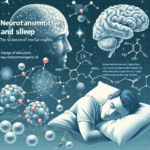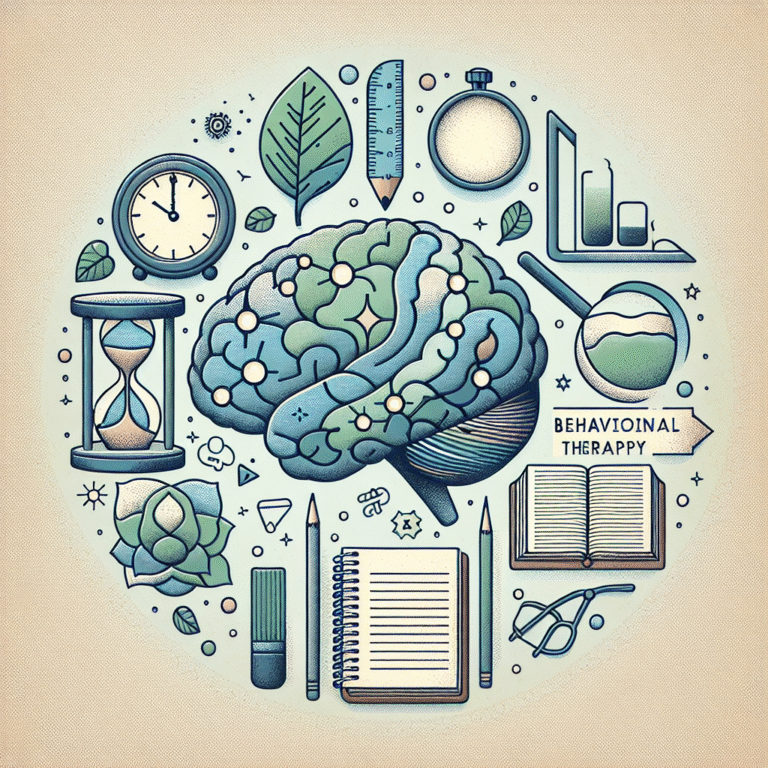
Cognitive Behavioral Therapy: A Proven Approach to Overcoming Anxiety and Depression
Introduction
In a world where anxiety and depression are increasingly common, often overwhelming individuals in their daily lives, finding an effective treatment method is crucial. One beacon of hope that has emerged amidst the turmoil of mental health struggles is Cognitive Behavioral Therapy (CBT). This structured, time-limited, and goal-oriented form of psychotherapy is not just a theoretical concept but a proven approach to overcoming anxiety and depression. With empirical evidence supporting its efficacy, CBT provides actionable strategies to help individuals reclaim their lives and restore their mental well-being. This article will delve into the intricacies of Cognitive Behavioral Therapy, illuminating its techniques and real-world applications while showcasing how it can be the key to overcoming anxiety and depression.
Understanding Cognitive Behavioral Therapy
Cognitive Behavioral Therapy focuses on the intricate connection between thoughts, feelings, and behaviors. The fundamental premise of CBT is that negative thoughts can lead to detrimental behaviors and emotional distress. By identifying and altering these negative thought patterns, individuals can shift their emotional responses and behaviors, leading to improved mental health outcomes.
Key Components of CBT
-
Cognitive Restructuring: The first step involves identifying distorted thought patterns, such as catastrophizing or overgeneralizing, and then challenging these thoughts to replace them with more balanced perspectives.
-
Behavioral Activation: This component encourages individuals to engage in activities that bring joy or fulfillment, countering the tendency to withdraw when feeling low.
-
Exposure Therapy: For those suffering from anxiety, gradual exposure to feared situations can help lessen avoidance behaviors and reduce anxiety over time.
- Skills Training: CBT often includes training in relaxation techniques and stress management, equipping individuals with tools to handle future challenges effectively.
The Structure of CBT Sessions
Typically, a CBT session lasts between 45 to 60 minutes, where a therapist guides the client through structured discussions. The sessions often include homework assignments, which help reinforce the skills learned during the therapy. This practical approach encourages active participation and continuous self-reflection.
How CBT Addresses Anxiety and Depression
The Link Between Thoughts and Emotions
Cognitive Behavioral Therapy’s primary focus is on how distorted or negative thinking contributes to emotional turmoil, especially in conditions like anxiety and depression.
Case Study: Sarah’s Journey to Recovery
Background: Sarah, a 28-year-old graphic designer, had struggled with chronic anxiety, often fearing that her work would not meet expectations.
CBT Intervention: During her therapy sessions, Sarah learned to recognize her automatic negative thoughts. For example, if she thought, "I will fail at this project," she learned to challenge that thought with evidence from her past successes.
Outcome: Over time, Sarah’s anxiety diminished as she grew to rely on positive affirmations and realistic goal-setting. Through CBT, she transformed her mindset, reducing her anxiety and enhancing her overall performance at work.
The Role of Behavior Change
CBT emphasizes that changing behaviors can have a significant impact on emotional health. Encouraging clients to engage in enjoyable activities can reverse feelings of depression.
Case Study: Mark’s Path to Happiness
Background: Mark, a 35-year-old teacher, felt trapped in his depressive thoughts, often isolating himself.
CBT Intervention: His therapist introduced behavioral activation strategies. Mark began incorporating short, enjoyable activities into his weekly routine, like reading and playing video games.
Outcome: These activities sparked joy, and, coupled with cognitive restructuring, he noticed a significant reduction in his depressive symptoms. By engaging in positive behaviors, he changed his mindset and lifted the veil of depression.
The Science Behind CBT
Extensive research has validated CBT as an effective treatment for anxiety and depression. One landmark study published in Cognitive Therapy and Research found that 60-70% of patients experienced significant relief from their symptoms after undergoing CBT.
Effectiveness Compared to Other Therapies
Table 1: Comparison of Treatment Effectiveness
| Therapy Type | Effectiveness Rate (Approx.) |
|---|---|
| Cognitive Behavioral Therapy | 60-70% |
| Medication | 50-60% |
| Psychodynamic Therapy | 40-55% |
| Mindfulness-Based Therapy | 50-65% |
Key Research Findings
- A meta-analysis of over 200 studies revealed that CBT significantly reduces symptoms of anxiety and depression, with sustained effects even after therapy ends.
- CBT is often combined with medication, increasing overall treatment efficacy.
- The adaptability of CBT techniques to various age groups—from children to the elderly—demonstrates its versatile application.
Real-World Applications of CBT
Cognitive Behavioral Therapy extends beyond the therapist’s office; it equips individuals with lifelong skills that can be applied daily.
CBT in Different Settings
- Individual Therapy: The most common form, where clients work one-on-one with a therapist.
- Group Therapy: Participants share experiences in a supportive environment, gaining insights from others while practicing CBT techniques.
- Online Therapy: With the rise of telehealth, many therapists now offer CBT via video calls or structured online programs.
- Self-Help Strategies: Books, apps, and workshops are increasingly available to guide individuals in applying CBT principles independently.
Integrating CBT into Daily Life
- Journaling: Keeping a thought record to challenge negative beliefs.
- Mindfulness Practices: Incorporating mindfulness to enhance awareness of thoughts and feelings.
- Goal Setting: Setting SMART (Specific, Measurable, Achievable, Relevant, Time-bound) goals can guide individuals in their journey toward mental wellness.
Conclusion
Cognitive Behavioral Therapy is more than just a treatment; it’s a powerful, transformative approach to overcoming anxiety and depression. By harnessing the link between thoughts and emotions, CBT provides practical techniques to reshape negative patterns and promote emotional resilience. It is essential for those struggling with mental health challenges to know that they are not alone and that effective strategies exist to reclaim their lives.
As you consider the insights shared in this article, remember that the journey to mental wellness is ongoing. Embrace the possibility of change; your thoughts do not have to define your future. Drawing on the principles of Cognitive Behavioral Therapy can pave the way toward a more fulfilling, joyful life.
FAQs
1. What is Cognitive Behavioral Therapy?
Cognitive Behavioral Therapy is a structured, goal-oriented psychotherapy that helps individuals identify and change negative thought patterns and behaviors contributing to anxiety and depression.
2. How long does CBT treatment take?
CBT is typically a short-term treatment, ranging from 5 to 20 sessions, depending on the individual’s specific needs and challenges.
3. Is CBT effective for everyone?
While CBT is effective for many, results may vary. It’s crucial to work closely with a therapist to determine the best approach for your unique situation.
4. Can I practice CBT techniques on my own?
Yes! Many CBT techniques can be self-taught through books, online resources, or apps, allowing you to incorporate them into your daily life.
5. Are there any side effects of CBT?
CBT is a safe and effective therapy with minimal risks. Some individuals may experience momentary discomfort when confronting challenging thoughts or feelings, but this is a natural part of the healing process.
By understanding and utilizing Cognitive Behavioral Therapy, you are not just learning about a treatment; you are discovering an essential methodology for personal growth and mental health improvement. Let each take-away inspire you to take steps toward a brighter, more positive future.

















